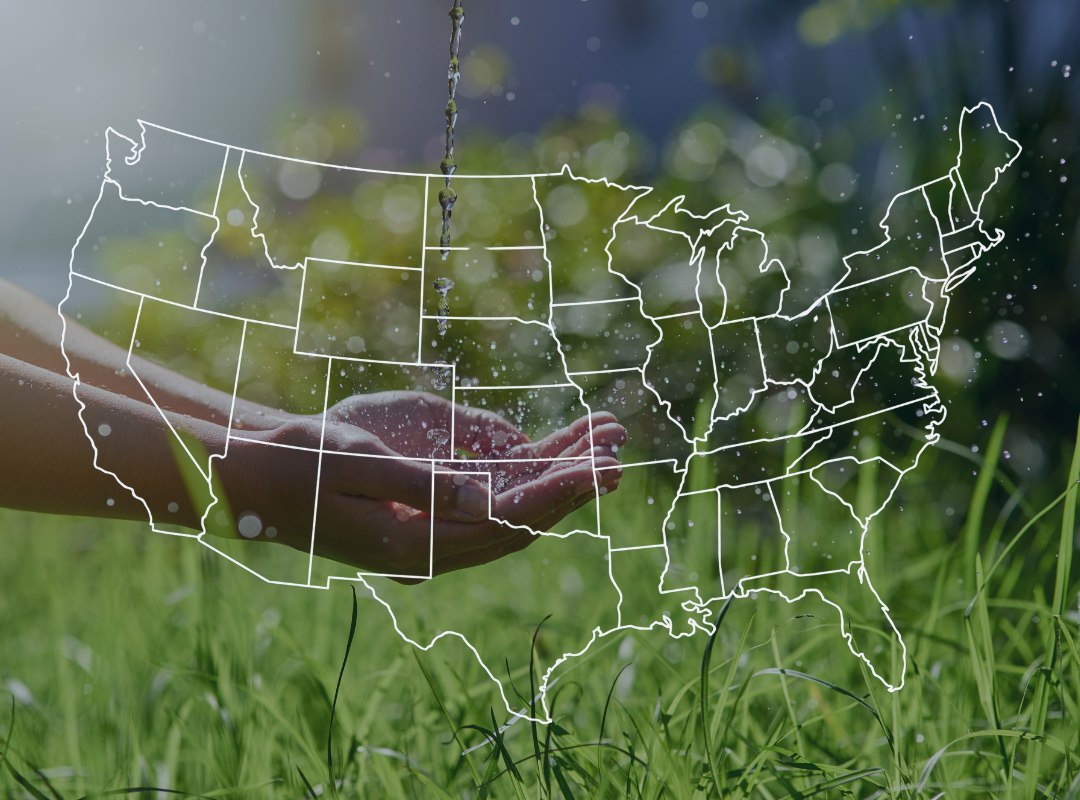
Growing Our State History (Grades 3-5)
Students investigate what makes a community livable and explore the influence of agriculture on the history of their state.

Students investigate what makes a community livable and explore the influence of agriculture on the history of their state.
Students investigate a variety of berries, discover how and where they are grown, and explore their nutritional benefits.
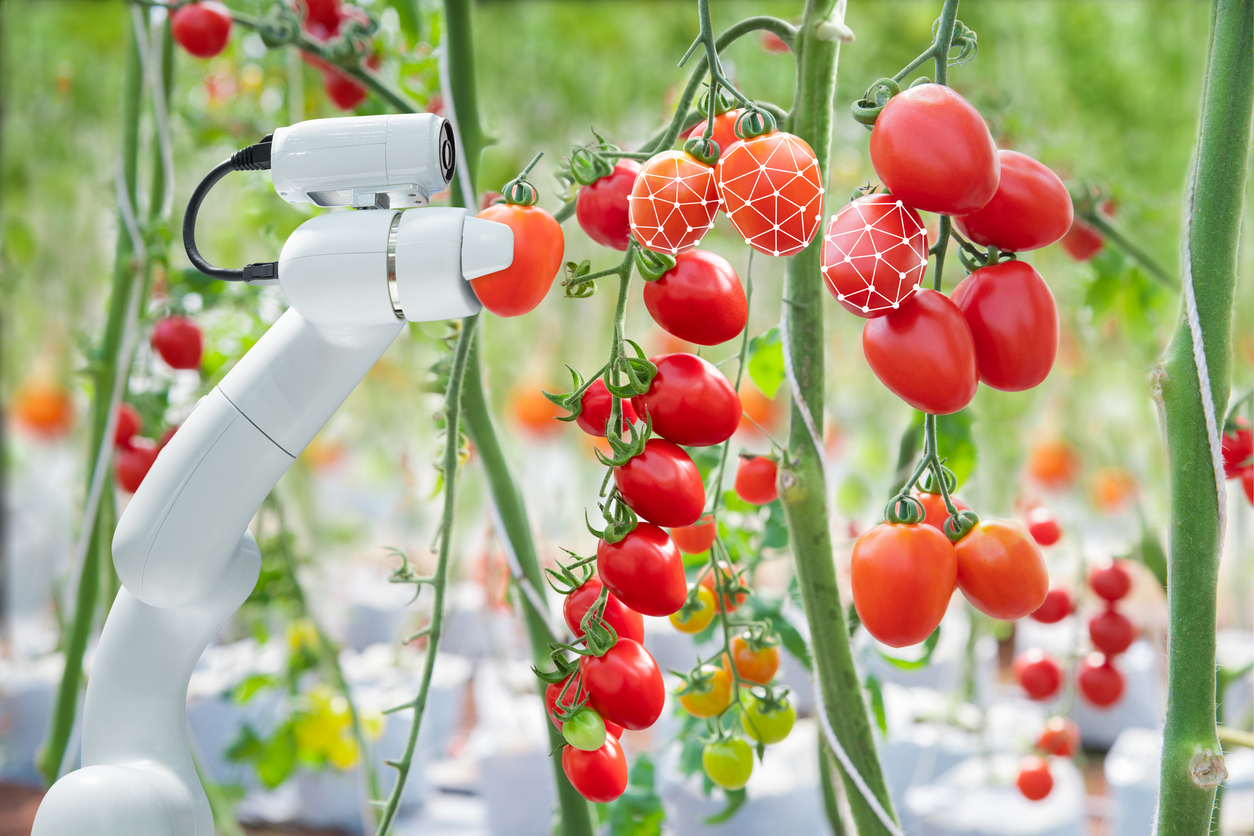
Students discover the four main components of robots, explore how robots are used in agriculture, and program and operate a robot to address a farming challenge.

Students discover the four main components of robots, explore how robots are used in agriculture, and program and operate a robot to address a farming challenge.
Students explore their state's specialty crops, discover how food gets from the farm to the table, and discuss the importance of eating fruits and vegetables every day.
Students explore the economic and environmental benefits of buying locally grown food.

Through project-based learning, students will develop and manufacture a unique and nutritious food product that includes ingredients that have been sourced locally and can be served in retail outlets or the school cafeteria.
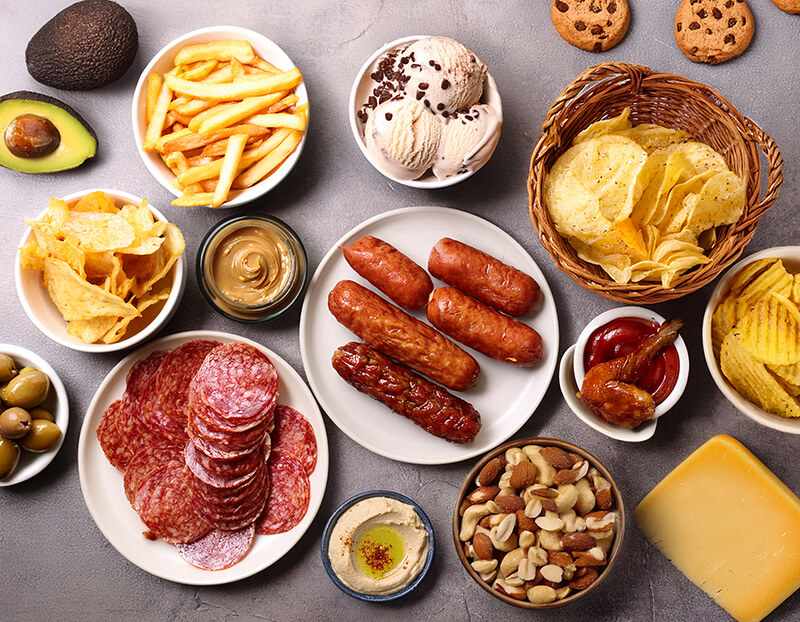
This lesson describes the role of fats in food and in the body, and how they serve as a source of energy. It provides information on different types of fats that are listed on the Nutrition Facts label – including total fat, saturated fat, and trans fat—and defines trans fat and cholesterol. The lesson also includes dietary guidance for fat consumption.
This lesson introduces students to food safety, the 4 Cs of Food Safety, the Farm-to-Table Continuum, who’s responsible for keeping our food safe, and the link between food safety and other content areas. Students will also be challenged to hypothesize about where most bacteria are found and develop awareness that bacteria are everywhere and that various surfaces might have different levels of organisms.
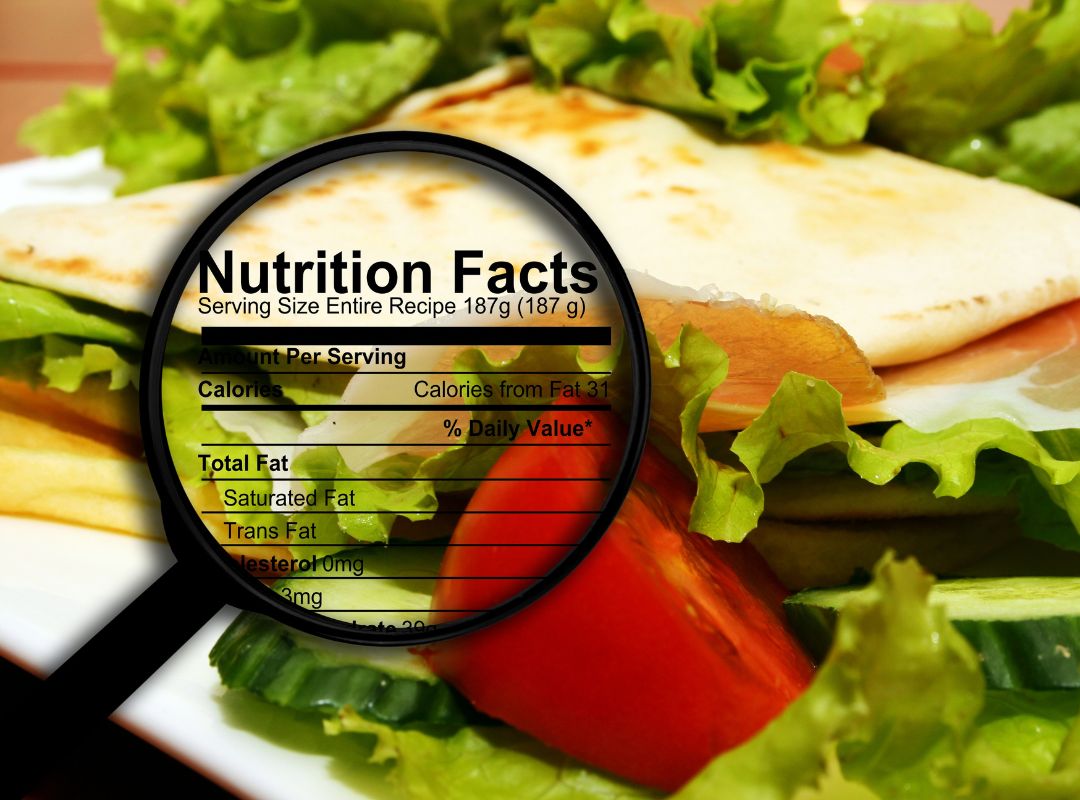
Explore the features of the Nutrition Facts label with a focus on protein, analyze serving size, and make a Nutrition Facts label for a smoothie.

Students will plan a healthy meal – breakfast – using the Percent Daily Value (%DV), and will use the Nutrition Facts label to evaluate and compare foods as they plan their meals.
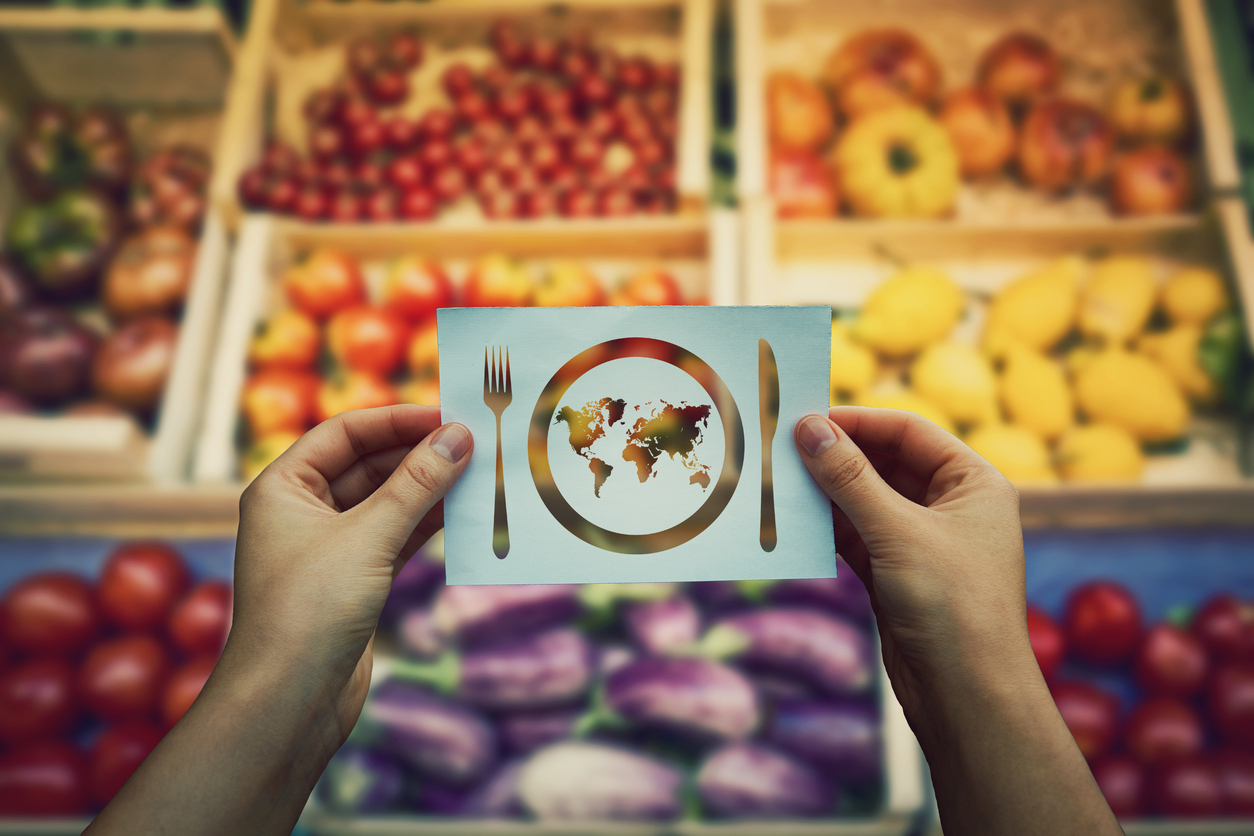
Students will learn about the importance of eating a variety of foods in order to get all the nutrients needed to be healthy, explore diets around the world using Peter Menzel's Hungry Planet Family Food Portraits, and discuss the scope of the problems of hunger and malnutrition using the World Food Programme HungerMap Live.